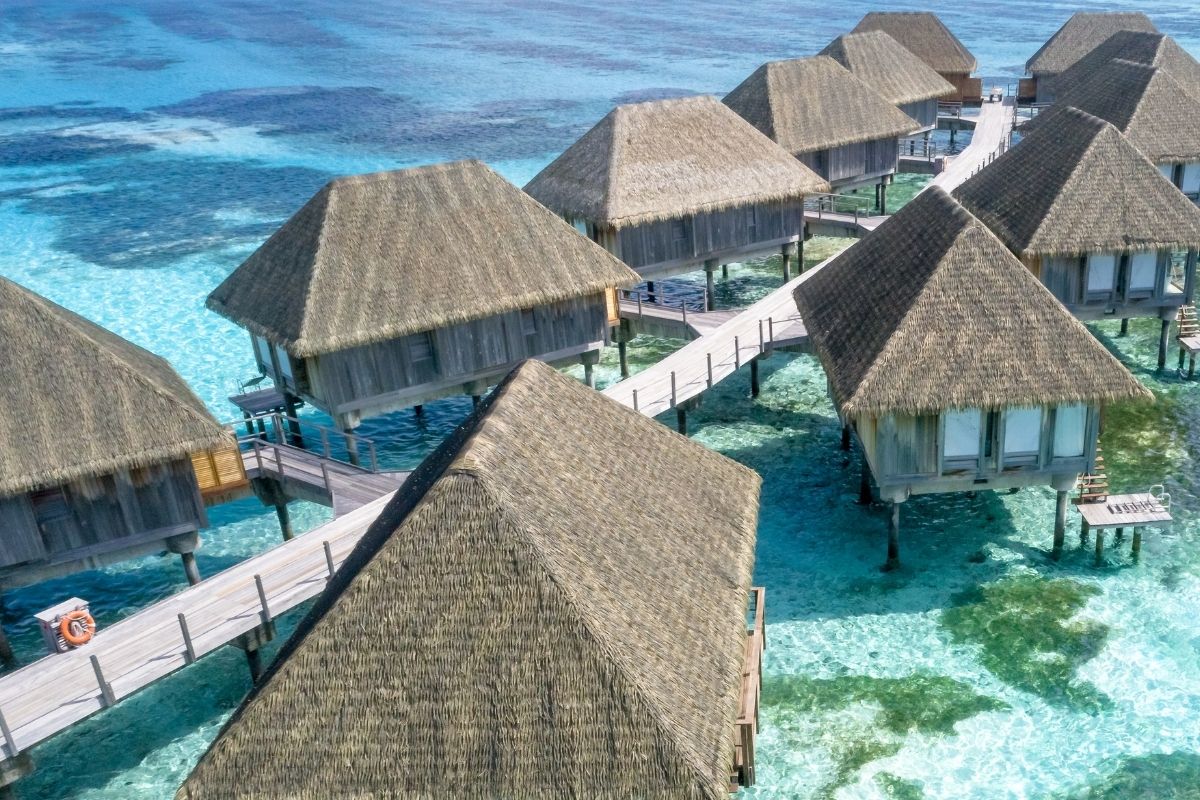The wheels of travel are constantly going through waves of innovations. When we think about innovation, we think about design thinking. Design thinking is a methodology that helps us develop innovative solutions to pain points.
The reason we talk about hospitality, travel, and tourism from the perspective of the traveler is that we want to empathize with the traveler. Empathy is one of the first steps in the design thinking methodology. It enables you to think about the travel journey from the traveler’s point of view. You can then identify the things that just don’t work, the pain points.
Think about the wheel of travel as if you were the traveler, and go through it from that perspective. For example, identify yourself as a young independent traveler that is traveling alone. Think about that and think about the dream phase. Think about the planning phase, the comparison phase, the booking phase, the travel phase, the experience and stay phase, and the post-trip review phase. Empathize with that young independent traveler throughout the travel wheel. Then identify all the pain points you can think of. Identify the things that don’t work, things that require too much effort with very little payoff, and things you’d like to change.
Once you’ve identified the pain points, think of a solution to fix them. That’s how innovation works. Think of the customer pain points using the design thinking methodology.
(following two paragraphs in blue are optional and may be better to remove)
At the XXX (please insert inaudible name here) Center, all of our programs are rooted in that innovative framework. We’ve designed them with one goal – making people job-ready but also innovative and entrepreneurial.
We have an innovation lab at the XXX (please insert inaudible name here) Center. We would be very happy to take you through our lab that is designed to have our students become the innovators of tomorrow. We also host entrepreneurs that start in a garage with an idea and then scale up to become a larger disruptor in the travel and hospitality wheel. One example is Askblue.
Askblue is an artificial intelligence that takes a deep dive into all of the data available on the cloud. It’s mines that data and enables a completely automated concierge service that is free from any human inputs. It offers concierge services in hotels but also in restaurants.
Imagine you’re in your hotel room and you’re wondering, “Oh, when is checkout time?”
Traditionally, you might call the front desk or find an information sheet somewhere in your room. With Askblue AI, you can simply say “When do I need to check out?” Askblue would then tell you that checkout time is 12:00 tomorrow. Askblue goes into the cloud and takes that information from the hotel website. You don’t have to do the searching, you just have to Askblue.
That’s one of the examples of the innovation that we see every day in hospitality, travel, and tourism.
The wheel of travel is changing and it’s providing a host of wonderful job opportunities. This ranges from existing jobs such as hotel general manager, front of house receptionist, or an investor or a consultant in real estate development..It also includes newer jobs, such as working for social media or the new artificial intelligence companies, ensuring that the customer service takes full advantage of what the data can give them.
Even from the Second World War palace hotels in the ’50s and ’60s, the model of traditional hotels has changed over time. From the internationalization of hotel chains, the proliferation of brands, the emergence of online travel agents, and to the cloud artificial intelligence and machine learning – the wheel of travel is changing constantly.
Hospitality, travel, and tourism is not just fun for the customer. It also can be really fun to experience as part of the business. Whether you want to take on a traditional career or whether you want to be an entrepreneur, there are ample opportunities in the space.


